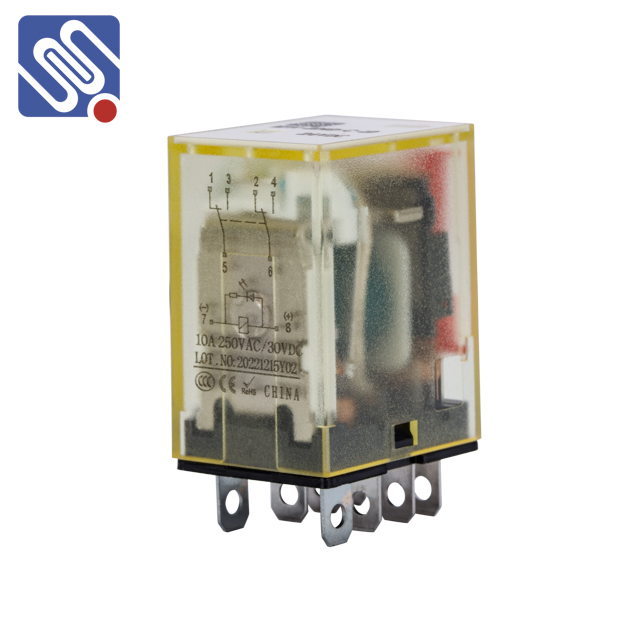A General-purpose relay is a key component in the world of electrical control and automation systems. Often described as an electromagnetic switch, it is used to control the flow of electricity in a circuit. By bridging the gap between a low-power control circuit and a high-power load circuit, general-purpose relays are widely applied in industrial, commercial, and residential environments. This article will explore the function, types, applications, and advantages of general-purpose relays, showcasing their indispensable role in modern electrical systems.

What Is a General-Purpose Relay? A general-purpose relay is an electrically operated switch that uses an electromagnet to control one or more sets of contacts. The basic principle behind the relay’s operation is simple: when an electric current flows through the coil of the relay, it generates a magnetic field that moves a lever or armature. This movement opens or closes the contacts, allowing the flow of electricity in the connected circuit. The relay’s ability to control a high-power load with a small electrical signal is what makes it indispensable in numerous applications. Key Features of General-Purpose Relays
Leave a Reply
You must be logged in to post a comment.